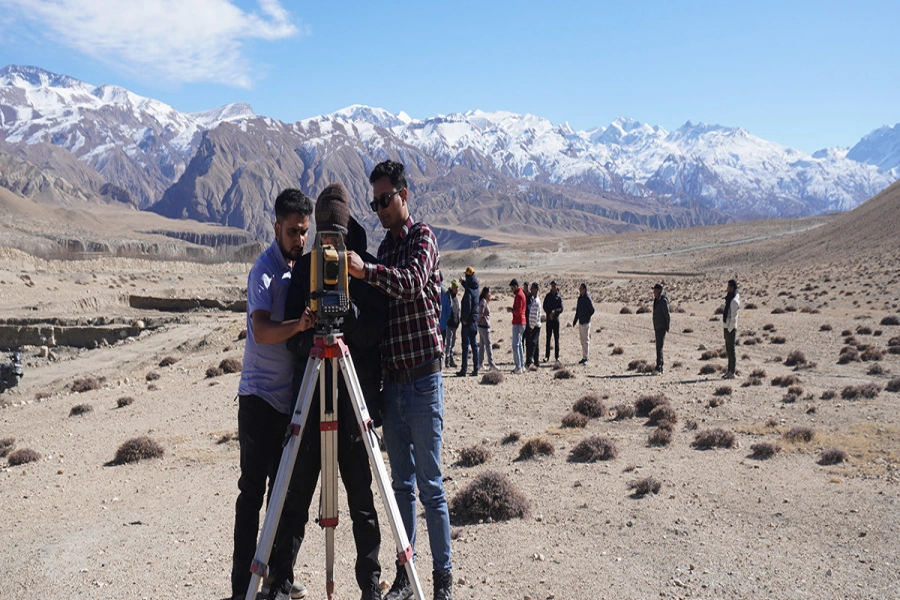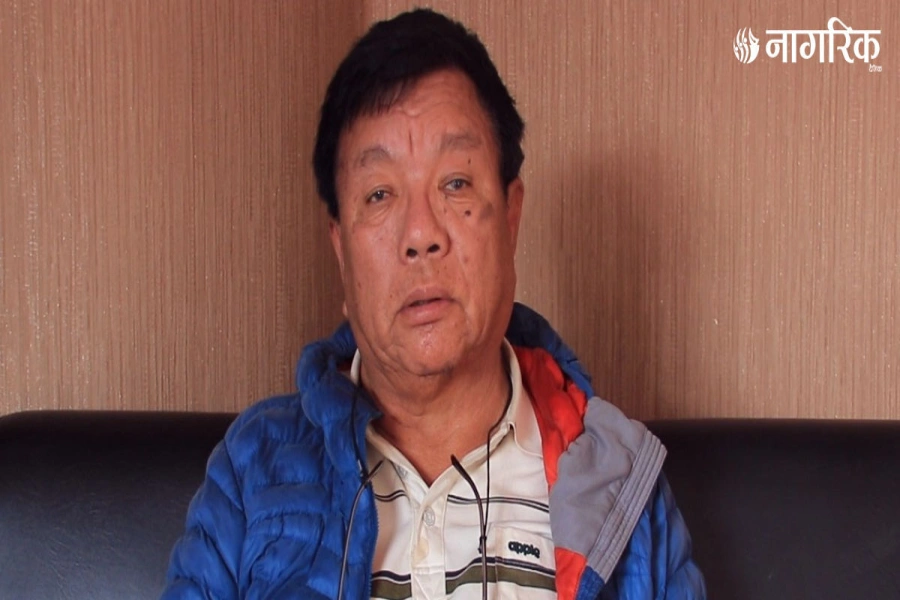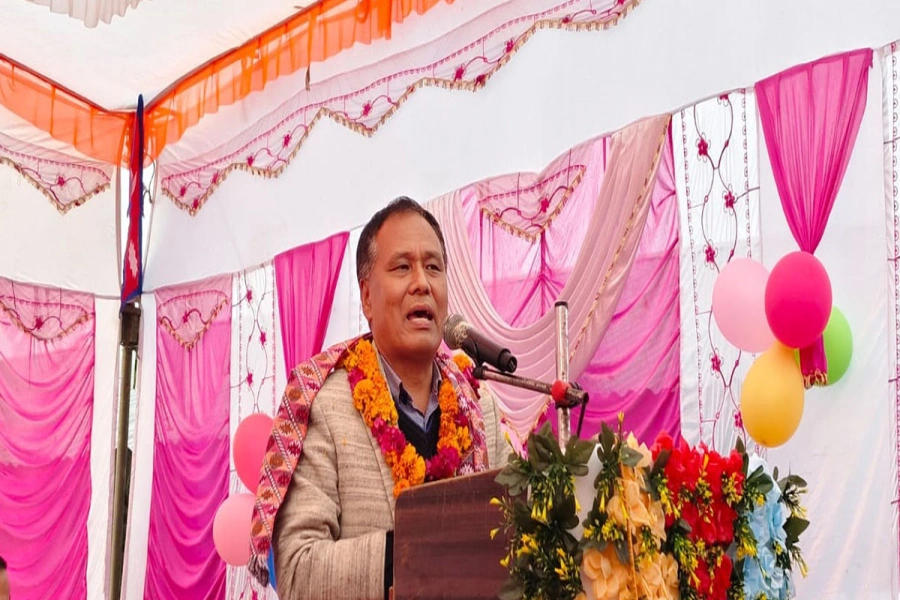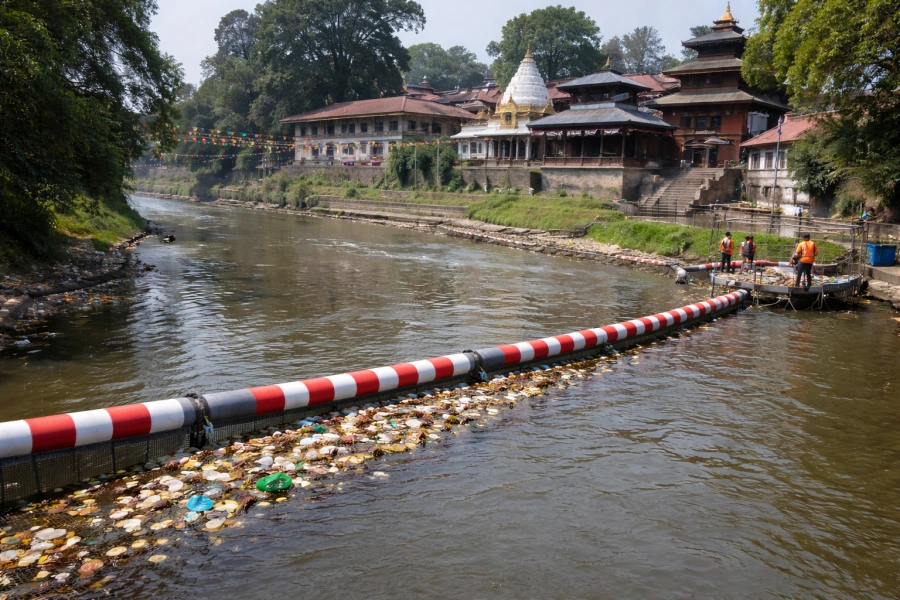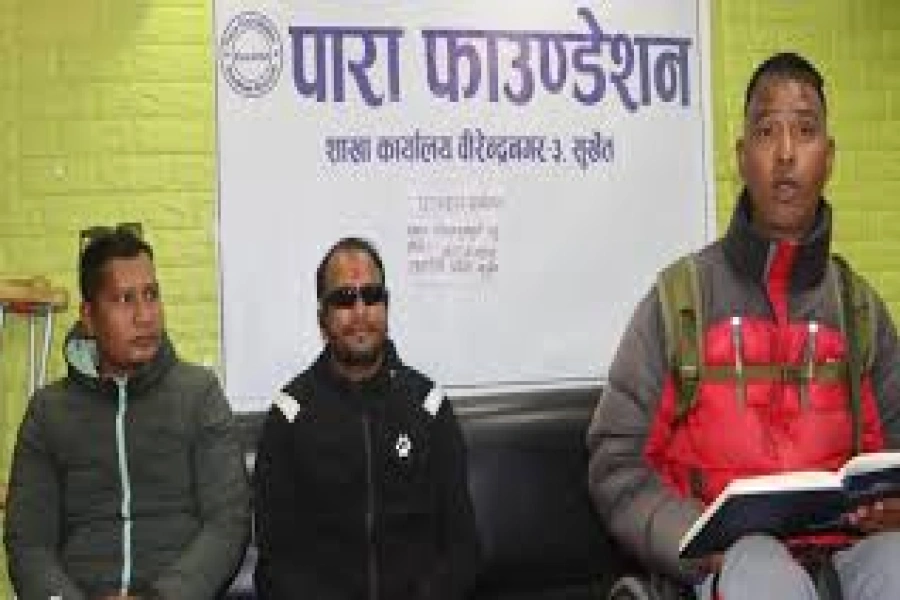The Government of Nepal has taken positive steps to address environmental concerns through various laws and policies.
Every year on June 5, we celebrate World Environment Day to remind ourselves of the importance of protecting and preserving our planet. This year's theme is "Land Restoration, Desertification, and Drought Resilience," which is very important for Nepal because the country faces major environmental challenges in these areas. This theme also supports the United Nations' Sustainable Development Goals (SDGs), especially SDG 15: Life on Land, and SDG 13: Climate Action.
Nepal has a diverse landscape, from the high mountains of the Himalayas in the north to the fertile plains in the south. However, this landscape is under threat. Problems like deforestation, constructing roads carelessly, and using harmful farming practices have made soil erosion worse and reduced the land's productivity. In the hilly and mountainous regions, landslides and soil erosion happen often, causing serious damage to local communities and farmlands.
By focusing on land restoration, we can help make the land healthy again, prevent desertification, and build resilience against droughts. These efforts are crucial for maintaining the environment and supporting the people who depend on the land for their livelihoods.
Government Policies and Initiatives
The Government of Nepal has taken positive steps to address environmental concerns through various laws and policies. Article 30(1) of the Constitution of Nepal guarantees the right to a 'clean environment' as a fundamental right, ensuring that every citizen has the right to live in a clean and healthy environment. This constitutional provision underscores Nepal's commitment to environmental protection. Additionally, Article 30(2) encourages the state to formulate necessary legal frameworks to balance environment and development, emphasizing the importance of sustainable development practices.
Celebrating the inspiring stories of women’s courage, resilienc...

The National Land Policy of 2019 is a detailed plan aimed at managing land resources sustainably. This policy focuses on restoring land and preventing desertification, supporting SDG 15, which involves managing forests sustainably, fighting desertification, reversing land degradation, and stopping biodiversity loss.
The Forestry Sector Strategy (2016-2025) also plays a key role by promoting sustainable forest management. This helps prevent land degradation and supports SDG 13 by improving climate action through the conservation and enhancement of forest carbon stocks. Another significant policy is the Environment Protection Act of 2019, which requires environmental impact assessments for development projects. This ensures that any potential negative effects on land and water are considered and addressed.
In addition, the Climate Change Policy of 2019 aims to enhance climate resilience and reduce greenhouse gas emissions, aligning with both SDG 13 and SDG 15. Furthermore, the government is committed to the Bonn Challenge, which aims to restore 2 million hectares of deforested and degraded land by 2030, reinforcing efforts under SDG 13 and SDG 15.
Research and Community Efforts
Research conducted by the International Centre for Integrated Mountain Development (ICIMOD) in 2019 sheds light on the potential impacts of climate change on water resources and adaptation policies, with a specific focus on Nepal's land and water resources. The findings underscore how rising temperatures and erratic rainfall patterns are contributing to increased soil erosion and reduced water availability in the region.
Similarly, the United Nations Environment Programme (UNEP) continuously conducts research to offer valuable insights into the broader context of climate change impacts and adaptation strategies. Over the years, UNEP has provided a comprehensive understanding of the challenges faced by regions like Nepal due to climate change, enriching our understanding of how environmental shifts affect water resources and livelihoods.
Additionally, the National Aeronautics and Space Administration (NASA) conducts cutting-edge research utilizing advanced technologies, such as satellite data, to monitor Earth's climate and water resources. This ongoing research provides detailed observations of changes occurring on a global scale, including in regions like Nepal. By harnessing these innovative tools, NASA contributes valuable data for assessing regional vulnerabilities to climate change and informing the development of adaptation policies.
Moreover, studies reveal that community-based initiatives have emerged as crucial components in addressing these challenges. Particularly noteworthy are the successes of community forestry programs in Nepal, which demonstrate the effectiveness of local engagement and stewardship. These initiatives have empowered local communities to take charge of managing and restoring their forests. Consequently, there have been notable improvements in soil health and biodiversity.
By highlighting these research findings and community-driven solutions, it becomes evident that a multifaceted approach is essential in mitigating the adverse effects of climate change on water resources. Through collaborative efforts involving both scientific research and grassroots initiatives, it's possible to foster resilience and sustainable management of land and water resources.
Solid Evidence from the Ground
In regions like the Karnali River basin, collaborative projects between government bodies and non-governmental organizations (NGOs) have demonstrated tangible benefits in land restoration efforts. One notable example is the Ghodaghodi Lake Conservation Project, which focuses on restoring and preserving the biodiversity of Ghodaghodi Lake and its surrounding wetlands. Through partnerships involving local communities, government agencies, and NGOs, various strategies such as reforestation, wetland restoration, and community-based conservation programs have been implemented. These efforts have helped restore the degraded ecosystems and also provided socio-economic benefits to the communities reliant on the lakes for their livelihoods.
Another remarkable initiative is the Rupa Lake Restoration Project in the Kaski district. Here, local communities, with support from government and NGOs, have successfully restored degraded lands around the lake. Techniques such as agroforestry, terracing, and bioengineering have been employed to stabilize slopes and prevent erosion.
Moving Forward
As we mark World Environment Day 2024, it’s important to recognize Nepal's strides in combating land degradation while acknowledging the hurdles that still lie ahead. Sustained focus on implementing policies, conducting research, and involving communities, private sectors, and nongovernmental agencies under the leadership of the government of Nepal is crucial to bolstering resilience against desertification and drought.
This year's theme serves as a reminder that land restoration isn’t solely about preserving the environment but also about safeguarding the well-being and prosperity of the communities that rely on these lands. Through landscape restoration, we can pave the way for a more resilient and sustainable future for Nepal and beyond. Moreover, aligning these endeavors with the Sustainable Development Goals underscores the broader significance of land restoration. It’s about forging a healthier, more sustainable planet for the benefit of generations to come.




